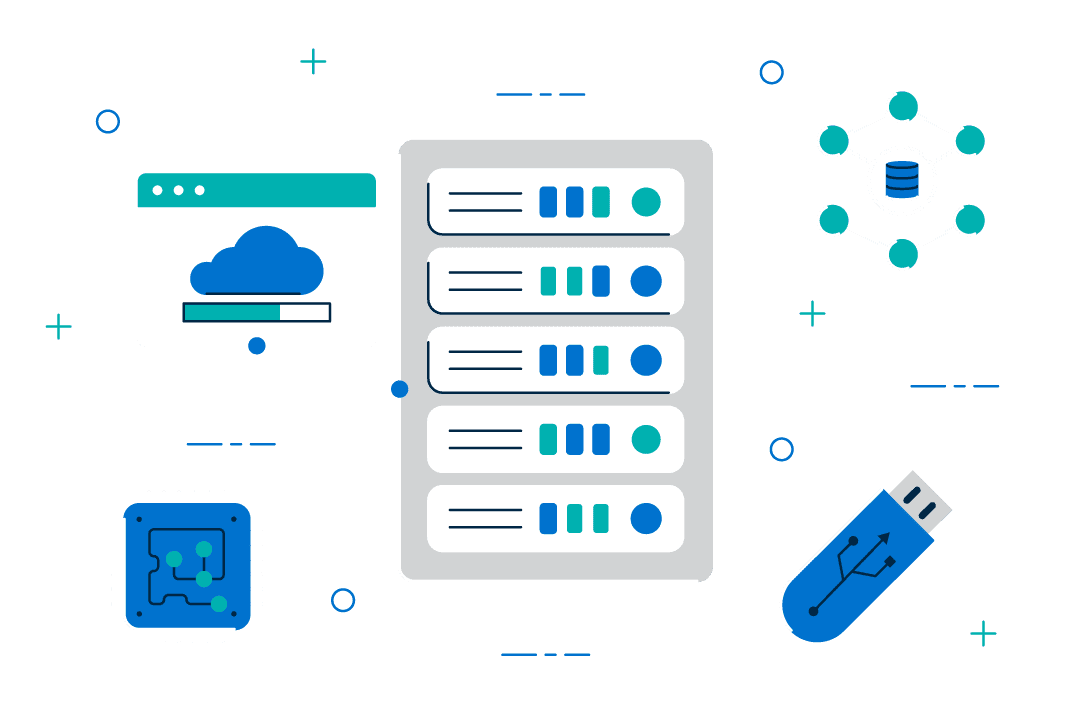Undoing years of historical integrations and updating to newer, more flexible middleware patterns takes a concerted effort—as well as up to 25% more investment, in time and dollars, at the beginning of a change in strategy.
While IT can define best practices, desired integration end states, and a roadmap to drive change, achieving progress relies on collaboration and investment from business units during technology implementation projects. Inaction is complicity in spiraling campus costs—and CIOs must be the bearer of that message to their peers.
CIOs must make the integration imperative and its associated costs clear to campus leaders and institutional boards through focusing on the latent value of technology synthesis and middleware investments. Tack-on systems, shadow storage, and point-to-point integration architecture all create long-term campus costs in risk, maintenance, and opportunity.
IT leaders must make these costs real for their campus, illustrating the danger of outages, spiraling maintenance costs, and poor ability to leverage technology systems’ data for decision making as pressing concerns at their institution.
Decades of ad-hoc investments and unique technology portfolios mean every campus middleware situation is different. Universities and colleges have varying governance structures, architectures, integration tooling, and staffing levels which all contribute to their ability to change their integration processes.
We identified hallmarks of high-maturity institutions, noting the elevation of middleware to a strategic priority as the greatest indicator of improvement. Fill out the brief diagnostic to find your institution’s areas of focus among ten different hallmarks of success.
Due to limited resources, integration is a means to an end for most IT organizations; whether…
